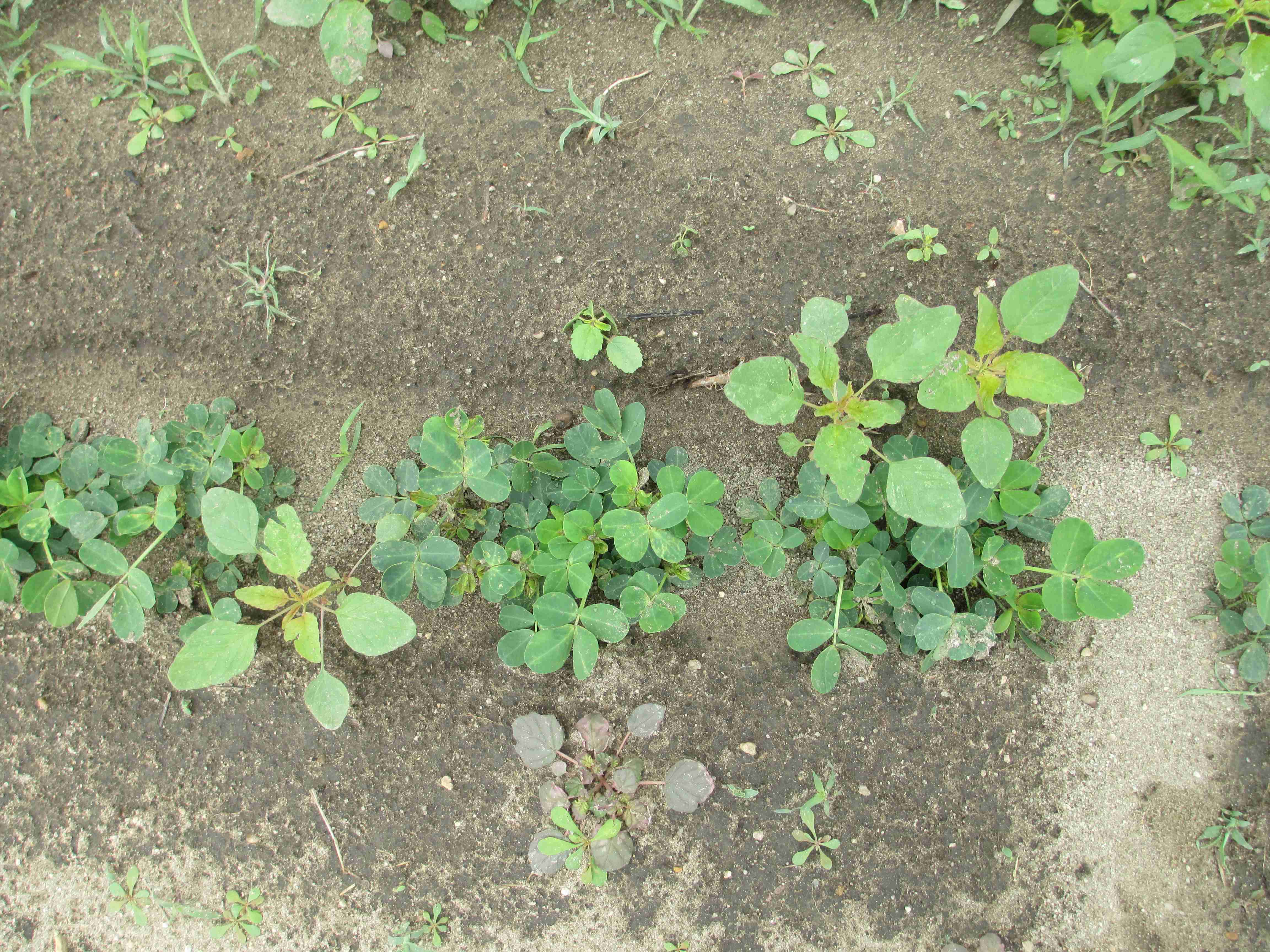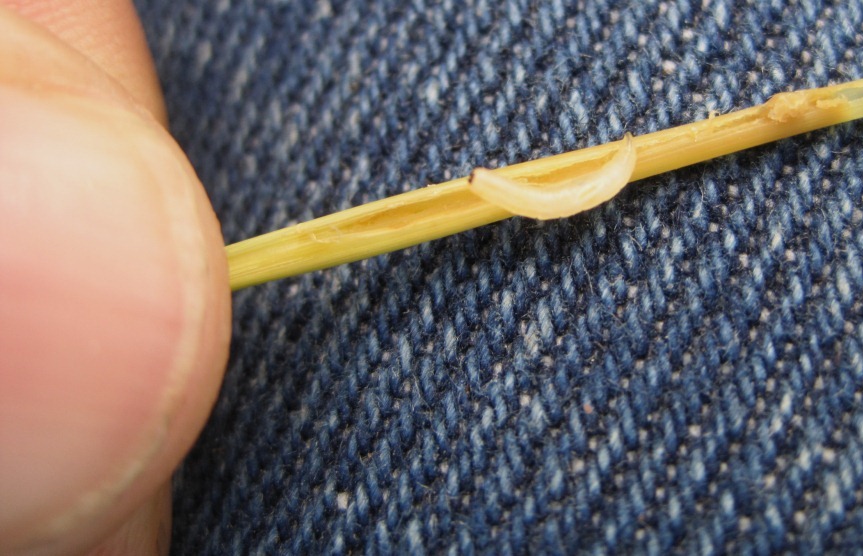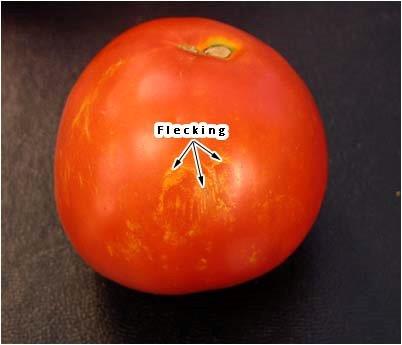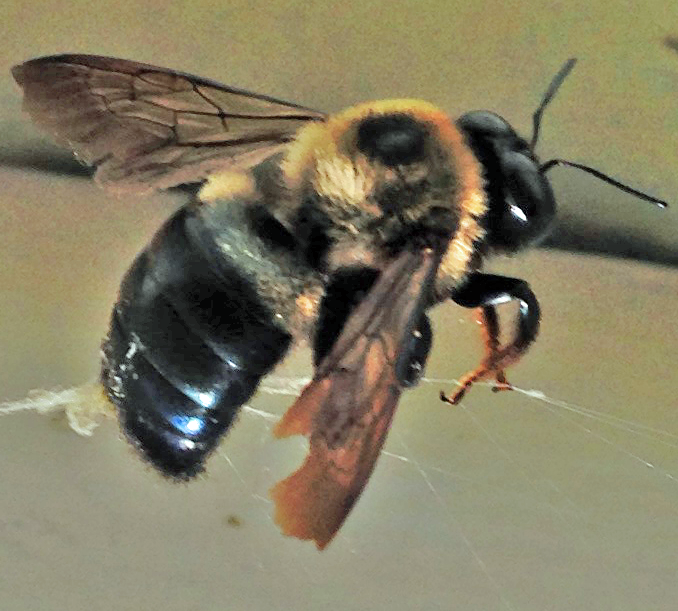
by Josh Thompson | May 30, 2014
Panhandle farmers are busy. Many are still planting peanuts and cotton, some are harvesting wheat and oats, cutting hay, putting out fertilizer and spraying for weeds and thrips. Herbicide applications are going out in areas that are dry enough to get equipment in....
by Jennifer Bearden | May 30, 2014
University of Georgia – Center for Invasive Species and Ecosystem Health – See more at: http://www.kudzubug.org/distribution_map.cfm#sthash.ELGm7QzL.dpuf University of Georgia – Center for Invasive Species and Ecosystem Health – See more at:...
by John Doyle Atkins | May 22, 2014
It is mid May, prime peanut planting time, and the planters are finally rolling in Santa Rosa County! The farming community received 21.85 inches of rain between April 1 and May 16, based on data gathered at the weather station based at UF/IFAS, West Florida Research...

by Russ Mizell | May 22, 2014
Atherigona reversura is the scientific name of the bermudagrass stem maggot, a new invasive fly from south Asia which damages bermudagrass pasture and hay fields. This pest was first discovered in 2009 in California and in 2010 in Georgia, and since these initial...

by Joe Funderburk | May 9, 2014
By: Joe Funderburk and Mrittunjai Srivastava, UF-IFAS Entomology Research and Extension, North Florida REC, and Bob Hochmuth, UF-IFAS Multicounty Extension Agent for Vegetables The western flower thrips and thrips-vectored Tomato spotted wilt virus are key pest...

by Shep Eubanks | Apr 4, 2014
Every year beginning in mid-March to early-April, Extension Agents begin to receive inquiries about managing carpenter bees which are attacking barns, eaves, rafters, and other wooden structures. The bee most commonly responsible for economic damages is typically the...





